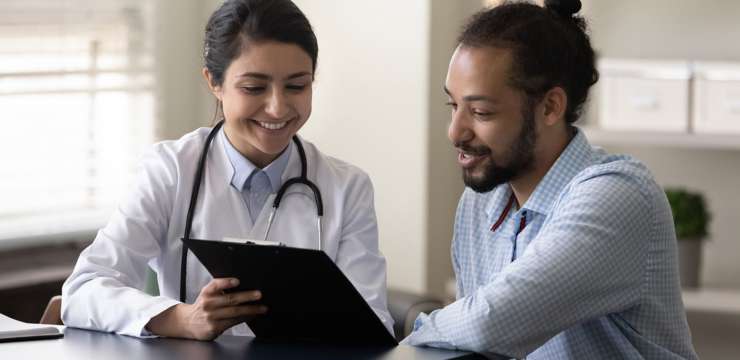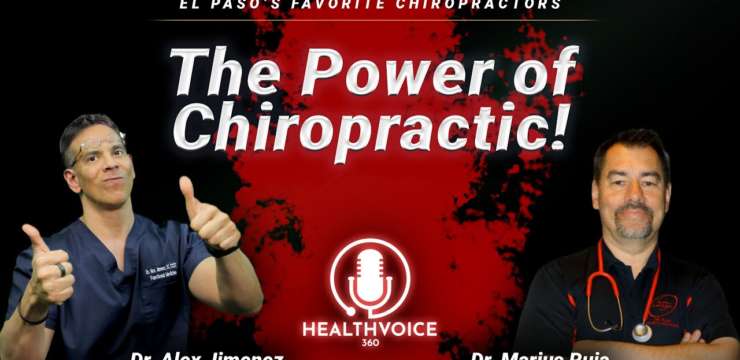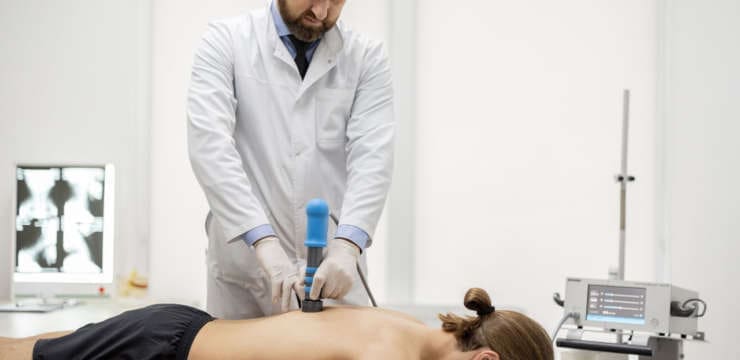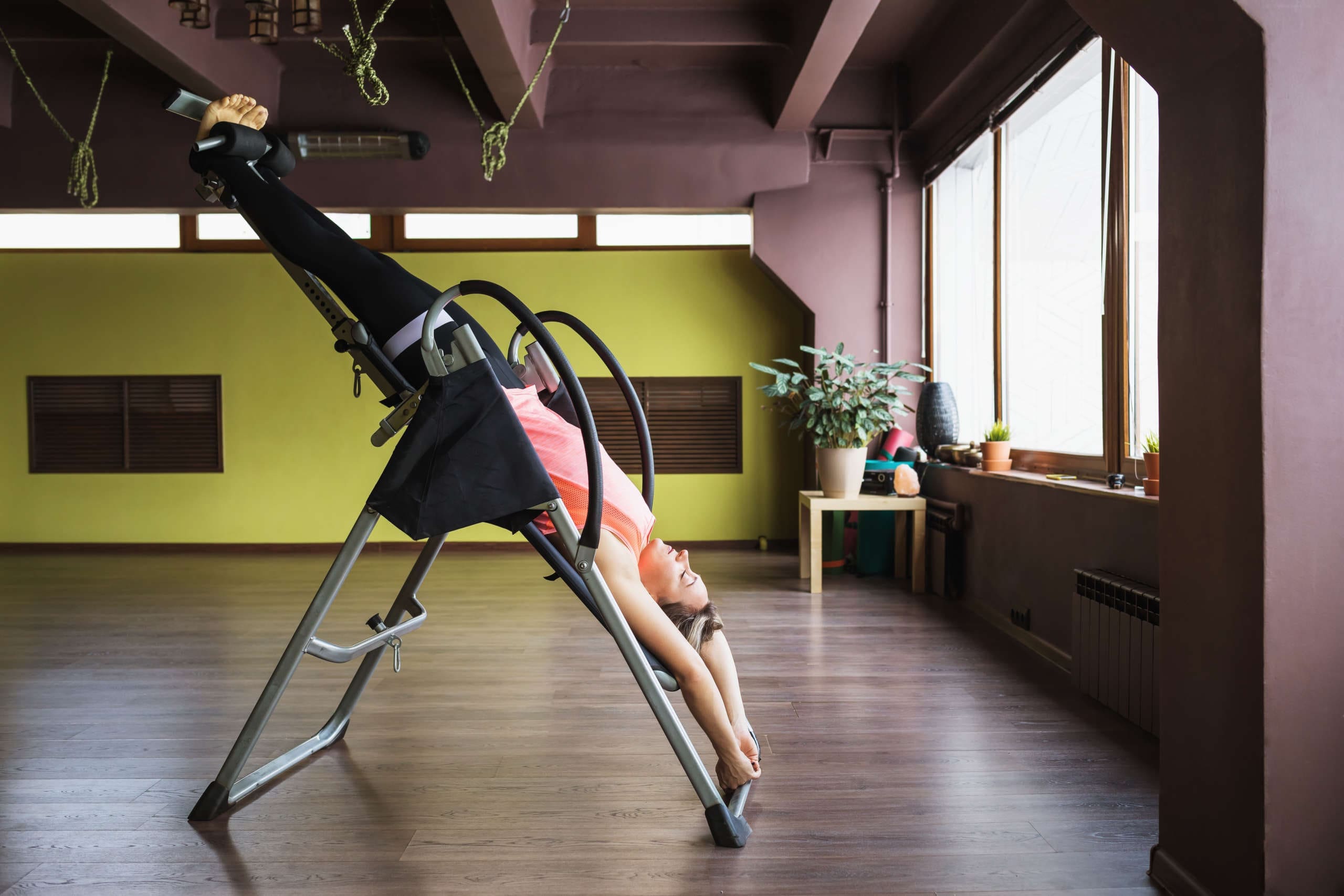
In many inviduals with low back pain, how does spinal decompression and inversion therapy reduce nerve entrapment?
Table of Contents
Introduction
Low back pain is a common problem worldwide that can cause individuals to miss out on important aspects of their lives, including work. The severity of the pain can be specific or non-specific, and it can be localized in one area or spread throughout the body, causing referred pain. Many normal and traumatic factors can contribute to low back pain, such as improper lifting, excessive weight gain, stress, excessive sitting, or repetitive motions. These factors can compress the spinal discs and cause the surrounding muscles to become over-stretched and tight, leading to nerve entrapment. However, various treatments are available to reduce low back pain and restore functionality to the body. This article focuses on two therapies, inversion therapy, and spinal decompression, and how they can be used together to reduce the likelihood of low back pain returning. By working with certified medical providers who use our patients’ information to treat individuals suffering from low back pain while combining inversion therapy and spinal decompression as part of their routine. We inform them about non-surgical treatments to regain spinal mobility and restore muscle strength to the back muscles while preventing the effects of low back pain from reoccurring. We encourage our patients to ask essential questions while seeking education from our associated medical providers about their situation. Dr. Alex Jimenez, D.C., provides this information as an educational service. Disclaimer
How Does Inversion Therapy Reduce Back Pain
Do you suffer from muscle aches and strains in your lower back due to sitting for extended periods? Do you experience pain after carrying heavy objects or from being physically inactive? If these symptoms are associated with low back pain, seeking treatment is common. Many take over-the-counter medicines, hot/cold packs, or home remedies for temporary relief. Inversion therapy is another treatment option. In “The Ultimate Spinal Decompression” by Dr. Eric Kaplan, D.C., FIAMA, and Dr. Perry Bard, D.C., inversion therapy is mentioned as a method where the individual is suspended upside down in an inversion table for a few minutes to relieve pain-like symptoms. Inversion therapy can reverse the effects of gravity on the back, which can compress the spine and spinal disc over time, leading to back pain. Inversion therapy can relieve acute back pain by decompressing the back.
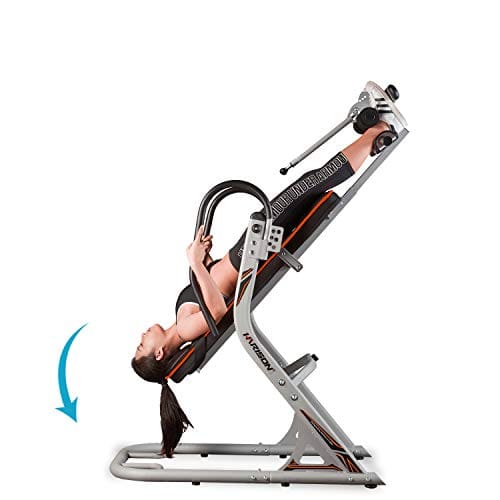
Using inversion therapy can help alleviate the symptoms of low back pain and reduce the need for surgery among many individuals. This practice, which has been used for thousands of years, involves utilizing gravity to provide traction for those experiencing lumbar disc herniation related to low back pain. By opting for non-surgical treatments, such as inversion therapy, individuals suffering from low back pain caused by various factors, including nerve entrapment, can experience relief. (Mendelow et al., 2021)
Back Pain & Nerve Entrapment Reduced
It is possible to experience low back pain with or without additional symptoms caused by factors affecting the back. This type of pain can result in mobility issues in the spinal region, pain that radiates into the lower extremities, and general discomfort associated with musculoskeletal conditions. (Delitto et al., 2012) Nerve entrapment can be a factor related to low back pain, and it can impact the peripheral pathway because signals from the peripheral system can cause irregular transmissions to the brain. This can lead to inflammatory cytokines releasing in the affected muscle and radiating shooting pain to the legs. As a result, the body can mimic leg pain correlated with low back pain, leading to a misdiagnosis of the issue. (Saal et al., 1988) Fortunately, various non-surgical treatments, such as inversion therapy and spinal decompression, can help reduce low back pain and its associated symptoms.
Enhance Your Lifestyle-Video
If you’re suffering from low back pain, non-surgical treatments can be a cost-effective, gentle, and safe solution. Innovative techniques are used to target the root cause of the pain and alleviate it from the musculoskeletal system. Inversion therapy, spinal decompression, and chiropractic care are some non-surgical treatments that can help relieve low back pain and prevent it from recurring. These therapies involve physical and mechanical manipulation of the spine to correct any subluxations. Misalignment of the body can cause low back pain and negatively impact one’s quality of life. Incorporating non-surgical treatments into your routine can help your body heal naturally and promote a healthy lifestyle. For more information on the benefits of these treatments, check out the video above.
How Spinal Decompression & Inversion Therapy Reduce Back Pain
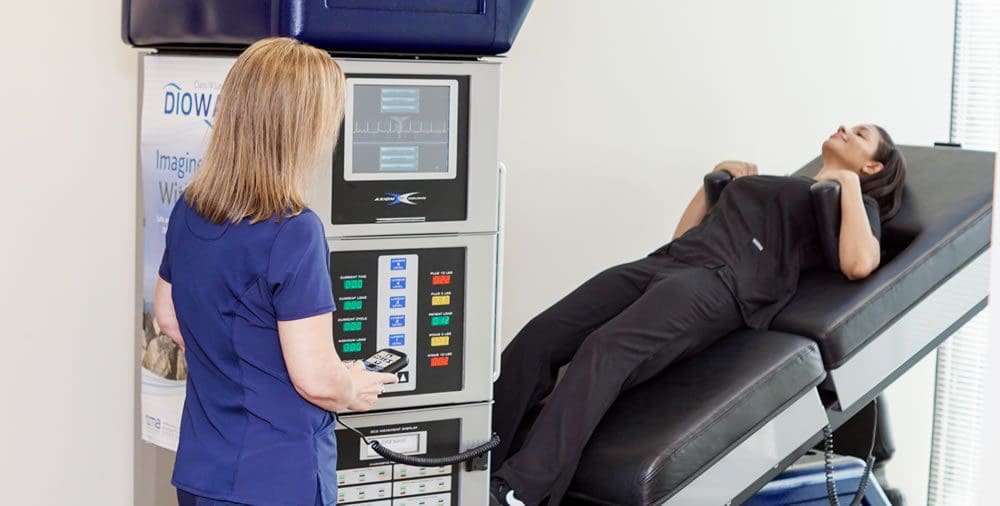
As one of the forms of non-surgical treatment, spinal decompression is safer and more cost effective than traditional surgical treatments. Non-surgical treatments can be combined with other therapies to help improve and control the movement in the lumbar spine. (Zaina et al., 2016) So when spinal decompression is combined with inversion therapy, it can help decompress the spine, allowing the spinal discs to slip back into their original position and reduce the pressure off the aggravated and irritated nerve root from causing low back pain to occur again. Since inversion therapy is used for acute low back pain, spinal decompression therapy is used for individuals with chronic issues. After a few sessions of these treatments, the body will function normally and allow the back to be mobile again. When people start to think about their health and wellness for back pain issues, they can incorporate non-surgical treatments as part of their routine.
References
Delitto, A., George, S. Z., Van Dillen, L., Whitman, J. M., Sowa, G., Shekelle, P., Denninger, T. R., Godges, J. J., & Orthopaedic Section of the American Physical Therapy, A. (2012). Low back pain. J Orthop Sports Phys Ther, 42(4), A1-57. doi.org/10.2519/jospt.2012.42.4.A1
Kaplan, E., & Bard, P. (2023). The Ultimate Spinal Decompression. JETLAUNCH.
Mendelow, A. D., Gregson, B. A., Mitchell, P., Schofield, I., Prasad, M., Wynne-Jones, G., Kamat, A., Patterson, M., Rowell, L., & Hargreaves, G. (2021). Lumbar disc disease: the effect of inversion on clinical symptoms and a comparison of the rate of surgery after inversion therapy with the rate of surgery in neurosurgery controls. Journal of Physical Therapy Science, 33(11), 801-808. doi.org/10.1589/jpts.33.801
Saal, J. A., Dillingham, M. F., Gamburd, R. S., & Fanton, G. S. (1988). The pseudoradicular syndrome. Lower extremity peripheral nerve entrapment masquerading as lumbar radiculopathy. Spine (Phila Pa 1976), 13(8), 926-930. www.ncbi.nlm.nih.gov/pubmed/2847334
Zaina, F., Tomkins-Lane, C., Carragee, E., & Negrini, S. (2016). Surgical versus non-surgical treatment for lumbar spinal stenosis. Cochrane Database Syst Rev, 2016(1), CD010264. doi.org/10.1002/14651858.CD010264.pub2
Disclaimer
Disclaimers
Professional Scope of Practice *
The information herein on "Inversion Therapy, Back Pain & Spinal Decompression" is not intended to replace a one-on-one relationship with a qualified health care professional or licensed physician and is not medical advice. We encourage you to make healthcare decisions based on your research and partnership with a qualified healthcare professional.
Blog Information & Scope Discussions
Welcome to El Paso's wellness blog, where Dr. Alex Jimenez, DC, FNP-C, a board-certified Family Practice Nurse Practitioner (FNP-C) and Chiropractor (DC), presents insights on how our team is dedicated to holistic healing and personalized care. Our practice aligns with evidence-based treatment protocols inspired by integrative medicine principles, similar to those found on dralexjimenez.com, focusing on restoring health naturally for patients of all ages.
Our areas of chiropractic practice include Wellness & Nutrition, Chronic Pain, Personal Injury, Auto Accident Care, Work Injuries, Back Injury, Low Back Pain, Neck Pain, Migraine Headaches, Sports Injuries, Severe Sciatica, Scoliosis, Complex Herniated Discs, Fibromyalgia, Chronic Pain, Complex Injuries, Stress Management, Functional Medicine Treatments, and in-scope care protocols.
Our information scope is limited to chiropractic, musculoskeletal, physical medicine, wellness, contributing etiological viscerosomatic disturbances within clinical presentations, associated somato-visceral reflex clinical dynamics, subluxation complexes, sensitive health issues, and functional medicine articles, topics, and discussions.
We provide and present clinical collaboration with specialists from various disciplines. Each specialist is governed by their professional scope of practice and their jurisdiction of licensure. We use functional health & wellness protocols to treat and support care for the injuries or disorders of the musculoskeletal system.
Our videos, posts, topics, subjects, and insights cover clinical matters, issues, and topics that relate to and directly or indirectly support our clinical scope of practice.*
Our office has reasonably attempted to provide supportive citations and has identified the relevant research studies or studies supporting our posts. We provide copies of supporting research studies available to regulatory boards and the public upon request.
We understand that we cover matters that require an additional explanation of how they may assist in a particular care plan or treatment protocol; therefore, to discuss the subject matter above further, please feel free to ask Dr. Alex Jimenez, DC, APRN, FNP-BC, or contact us at 915-850-0900.
We are here to help you and your family.
Blessings
Dr. Alex Jimenez DC, MSACP, APRN, FNP-BC*, CCST, IFMCP, CFMP, ATN
email: coach@elpasofunctionalmedicine.com
Licensed as a Doctor of Chiropractic (DC) in Texas & New Mexico*
Texas DC License # TX5807
New Mexico DC License # NM-DC2182
Licensed as a Registered Nurse (RN*) in Texas & Multistate
Texas RN License # 1191402
ANCC FNP-BC: Board Certified Nurse Practitioner*
Compact Status: Multi-State License: Authorized to Practice in 40 States*
Graduate with Honors: ICHS: MSN-FNP (Family Nurse Practitioner Program)
Degree Granted. Master's in Family Practice MSN Diploma (Cum Laude)
Dr. Alex Jimenez, DC, APRN, FNP-BC*, CFMP, IFMCP, ATN, CCST
My Digital Business Card


